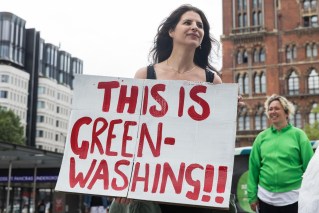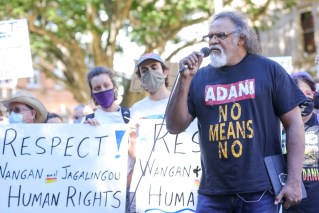Rates shock: How home mortgages worth $500 billion will start to cost more
Inflation continues to gallop ahead and interest rates are likely to rise in June followed by two more before the end of the year, according to the Commonwealth Bank.


While successive interest rate rises are weighing heavily on mortgage holders, Australian Banking Association chief executive officer Anna Bligh said there had not yet been a significant uptick in borrower hardship.
Another hike was likely in the first quarter of next year bringing the RBA cash rate to 1.25 per cent.
That may come as a shock to the estimated one million home loan borrowers who have never experienced a rate hike.
The bank expects that about $500 billion in fixed rate mortgage loans would expire over the next two years and the average rate of those loans was between 2.25 per cent and 2.5 per cent, which was below where rates were likely to be later this year.
CBA head of Australian economics Gareth Aird said that would mean borrowers would be refinancing their loans “at a materially higher interest rate which will have a significant impact on the interest cost of debt and household finances.”
“The peak expiry of fixed rate home loans occurs in 2023. This means that a natural tightening of conditions will happen in 2023 even if the RBA remains on hold following its final anticipated rate hike in 2023,” Aird said.
Added to that, the bank expects a 10 per cent decline in house prices over 2023 as the higher interest rates weigh on the demand for credit.
The forecast rise is the earliest yet from the big banks and follows comments from RBA Governor Philip Lowe that an increase this year in the official cash rate was plausible.
The cash rate is currently at 0.1 per cent and hasn’t risen for more than a decade, but inflation has grown significantly in recent months and now sits above 3 per cent.
The CBA had previously forecast the first rate hike in August but has brought that forward to June and expects a cash rate of 1 per cent by the end of the year. That would mean a 0.15 basis point rate hike in June followed by two, 25 point hikes in the third and fourth quarters.
“We are very comfortable with our expectation that the first quarter underlying inflation data will be stronger than the RBA’s forecast,” Aird said.
“Private surveys that contain inflation gauges indicate the inflationary pulse has accelerated so far in 2022. Input costs have risen very swiftly and this is feeding through to faster growth in output prices.”
The crucial piece of data for the RBA was likely that relating to wage increases and that was due on May 18.
“We expect the wage price index to indicate wages growth is running at a six-month annualised pace of over 3 per cent,” Aird said.
“Such an outcome will mean the RBA can conclude that inflation is sustainably in the target range at the end of the June RBA board meeting.
“Our expectation is the RBA will shift to an explicit hiking bias at the May board meeting following a big upside surprise on the first quarter’s underlying consumer price index (inflation).”












